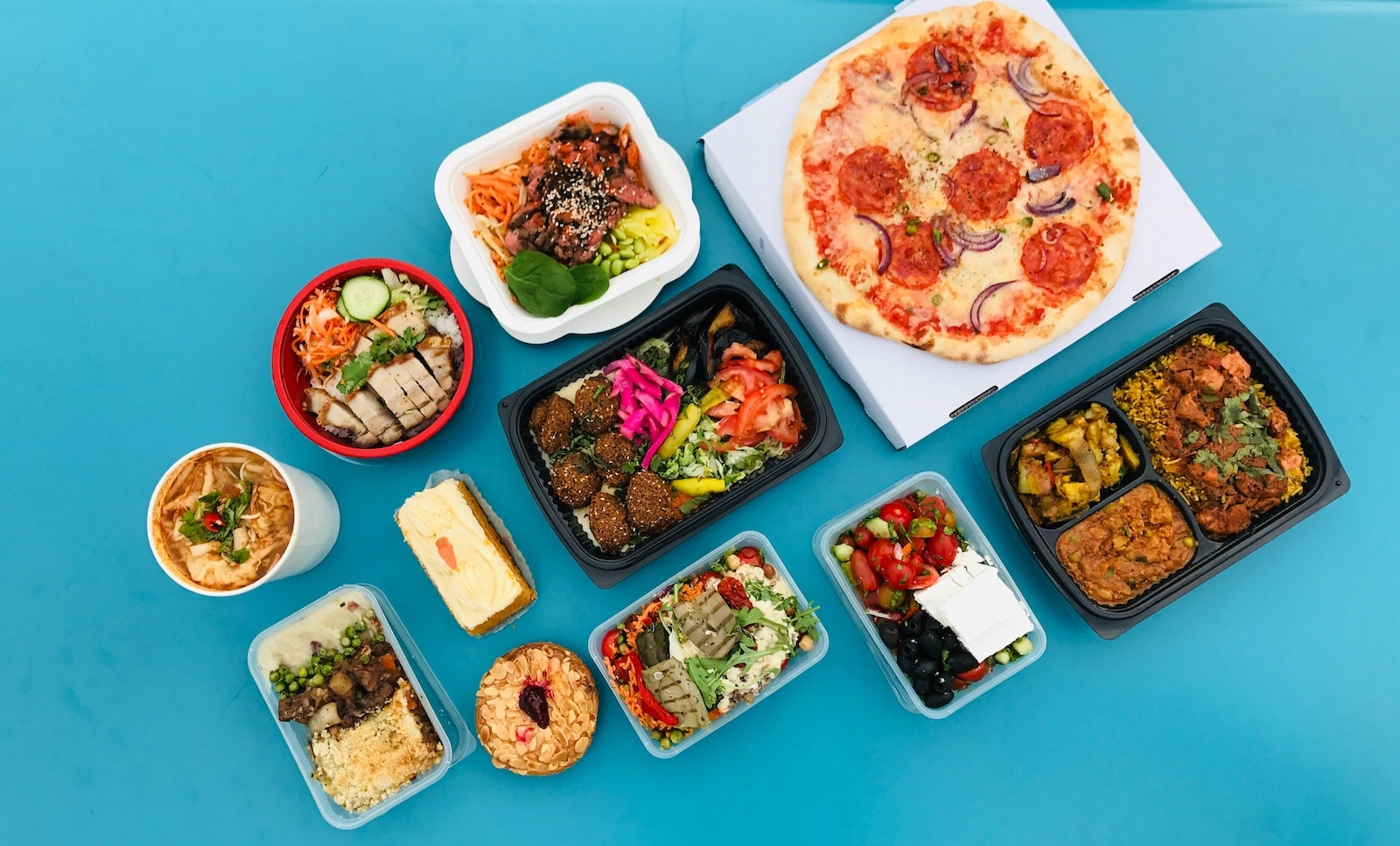That’s right! It’s that time – the perfect moment to consider orchestrating a remarkable experience: inviting your broker partners to venture into your processing facilities or corporate headquarters. This is your chance to unveil the essence of what makes your company extraordinary.
When executed thoughtfully, this event holds the power to leave a lasting impact, most notably in terms of brand awareness. Imagine the profound effect of bringing your broker reps right to your doorstep, offering them a firsthand look at the heart and soul of your operations.
Beyond the finished product they’ve been promoting, they’ll now witness every intricate step that brings it to life. This is the key to answering the question, “What sets us apart from other suppliers?”
Elevating your approach to this level transcends the ordinary, propelling your company to an entirely new echelon of broker engagement. While virtual calls, market visits, and product training all play their part, nothing quite compares to the excitement that comes from knowing the inner workings of what they’re selling.
Below, you’ll find a preliminary blueprint outlining how some manufacturers structure their broker summits. It’s a guide, not a strict rulebook. Feel free to tailor it according to your vision. However, remember to keep the summit compact – no more than 2.5 days. After all, your food broker reps have their own lives, families, and commitments to return to.
Embrace this opportunity to bridge the gap between your products and the passionate individuals who champion them. Let this summit be the catalyst that turns ordinary broker relationships into extraordinary partnerships.
Broker Partner Summit Schedule
Day 1: Connection and Exploration
Morning:
- 9:00 AM – 10:00 AM: Registration and Welcome Breakfast
- 10:00 AM – 11:30 AM: Opening Address by Company Leadership: Setting the Stage
Midday:
- 12:00 PM – 1:30 PM: Guided Plant Tour: Immersion in Production Processes
- 1:45 PM – 3:15 PM: Networking Lunch: Forging Valuable Connections
Afternoon:
- 3:30 PM – 5:00 PM: Interactive Product Showcase: Hands-On Learning Experience
- 5:30 PM – 7:00 PM: Sunset Social: Mix, Mingle, and Unwind
Day 2: Learning and Empowerment
Morning:
- 8:30 AM – 10:00 AM: Breakfast Briefing: Current Market Insights and Trends
- 10:30 AM – 12:00 PM: Sales Training Workshop: Strategies for Success
Midday:
- 12:30 PM – 2:00 PM: Luncheon Keynote: Strengthening Broker-Brand Relationships
- 2:30 PM – 4:00 PM: Collaborative Idea Generation Session: Igniting Innovation
Evening:
- 4:30 PM – 6:00 PM: Farewell Session and Closing Address: Charting Future Endeavors
Note: This dynamic 2-day agenda perfectly encapsulates a balance between intensive training, hands-on experiences, networking, and inspirational sessions. It leaves ample room for engagement, learning, and the cultivation of lasting relationships, ensuring that your broker partners leave the event invigorated and empowered to promote your products with unwavering enthusiasm.
Now, you might be pondering the burning question: “How should I cover the expenses for this broker partner summit?” Well, fret not – we’ve got you covered!
The investment for orchestrating and coordinating the immersive training, as well as hosting your team, falls under your responsibility as the manufacturer. But when it comes to travel arrangements, that’s where your ingenuity can shine. Here’s the scoop:
We highly recommend covering the travel expenses for each attending broker representative. This includes both airfare and hotel accommodations. However, we’re all about flexibility, so there’s room to tailor it to your preference. You could opt for brokers to cover their own airfare and lodging, or choose to sponsor one of the two – the decision rests in your capable hands.
Now, regarding who to invite, if it’s your inaugural venture into this exhilarating territory, we suggest inviting your broker leadership team. This approach ensures top-down endorsement and buy-in from the driving forces. As you plan subsequent summits, consider extending invitations to any new representatives that brokers have brought on board.
As for frequency, you’re in the driver’s seat. The beauty of this event lies in its impact, not its quantity. Many manufacturers opt for a rhythm of 1-2 summits annually, striking a perfect balance between engagement and practicality. Remember, quality trumps quantity – and this approach resonates perfectly with that mantra.











